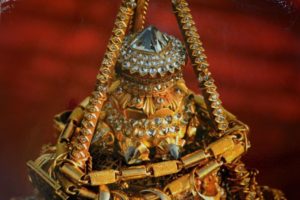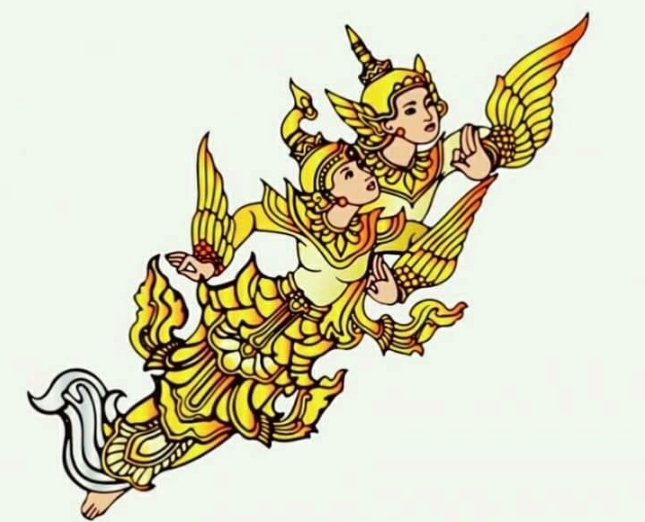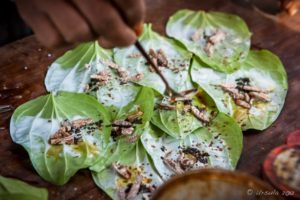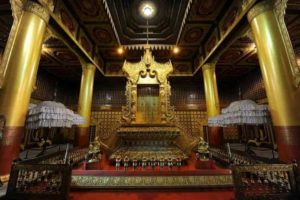
Diamond Orb
According to researchers Sanchi Stups of Bharat, that is India, are the prototypes of modern-day pagoda. Myanmar prototypes Baw Baw Gyi and
Feature tours are the best thoughts for your travel experience in Myanmar. The tours extend the sustainability of local destinations throughout the journey.
Our Small Private Group tours are designed for safety measure and escape
the crowd to see the highlights of Myanmar with enough downtime to relax,
reflect, and soak up the atmosphere.
Multi-day tours are organized into the depths of Myanmar and to see captivating nature, culture, local experiences, and traditions of the people.
ONE DAY TOURS are conducted by the tour guide to explore more about culture, history, community, and local lives for a full-day excursion in Mandalay and around privately.

One legend says kein in San-skrit means “what kind?” Nari, nara means female and male respectively. Kein-nari? is the incredulous question “What kind of female is this?” From that improbable beginning, these mythical creatures got their names. Anyone seeing them will ask the same question today.
According to archaeologists Kein-nari, Kein-nara figures in bas-relief were found at Sanchi-stupa which are believed to be about two milleniums old. From India they spread over the south and south-east Asia. They are found in Thailand, Indonesia, Loas, Kampuchea in paintings and sculptures.
In legends, they are invariably depicted as tender, benevolent, happy, and singing. Most of the time they are loving, usually lovable and occasionally lovely. They are usually shown offering flowers or some similar items to Holy Bikkhus.
Their attachment to their spouses is in itself legendary. In one episode one couple of Kein-nari and Kein-nara got separated for one night due to flooding waters in the ravine; with Kein-nari on one bank and Kein-nara on the other. That one night’s separation hurt them so much that they went on weeping and crying for seven hundred years. Seven centuries of grief for just one-night-separation? It beats all the records.
Kein-nari, Kein-nara are usually shown as having human body and horse-like face or human above the waist-line and bird-like below, complete with tail, wings and claws. No wonder they evoke the question in viewer’s mind. KEIN-NARI? KEIN-NARA? KEIN-KARA? (What are they doing?)
Sourced: Myanmar Culture Traditions and Scenery, Mythical Creatures
by U Than Phay, Tour guide

According to researchers Sanchi Stups of Bharat, that is India, are the prototypes of modern-day pagoda. Myanmar prototypes Baw Baw Gyi and

According to researchers betel chewing habit came from majjima desa, that is present Indian subcontinent, along with Buddhism. The habit was certainly

Throne is symbol of royalty. It also embodies sovereignty. It is the seat of power. It passes from sovereign to sovereign. As